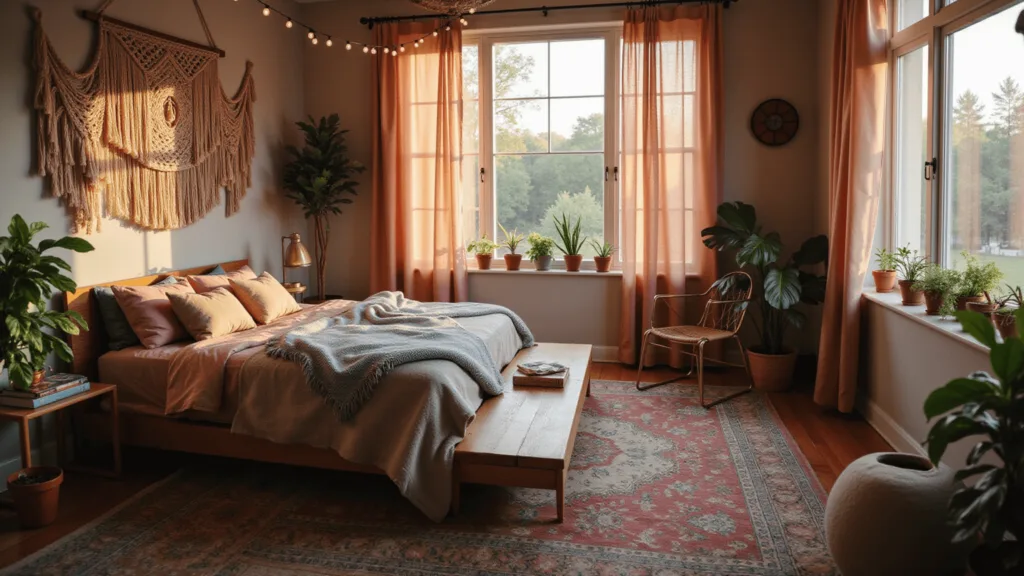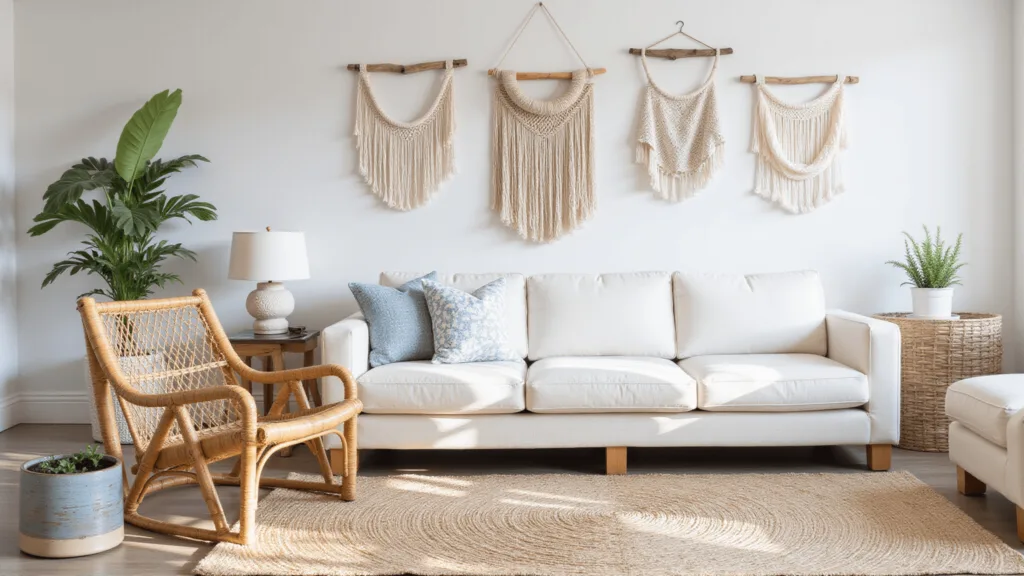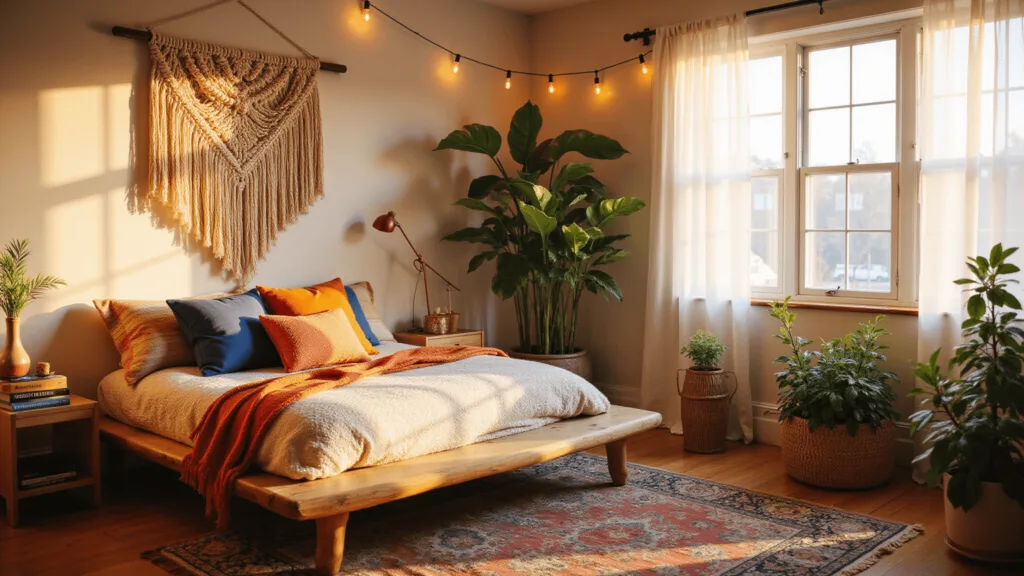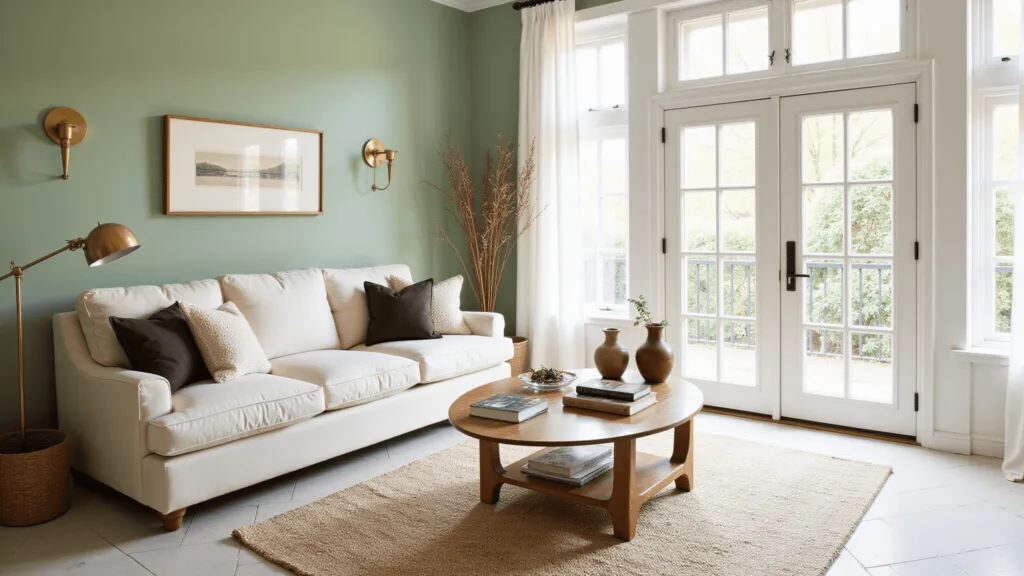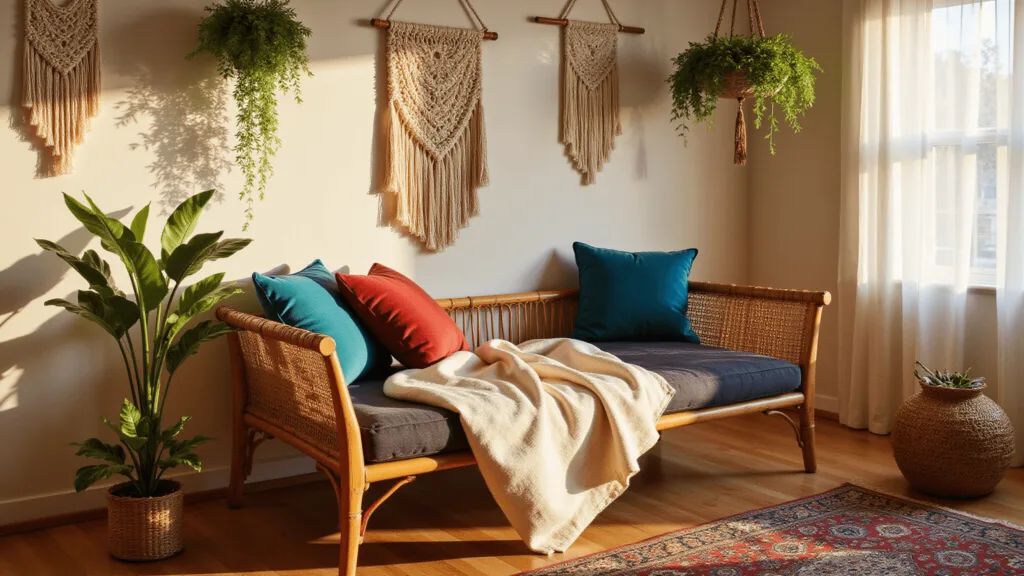Wabi Sabi Photography: Creating Authentic and Imperfect Home Decor Scenes
Hey there, fellow design enthusiasts! Today we’re diving into the magical world of Wabi Sabi photography – a style that celebrates the beauty of imperfection and natural authenticity.
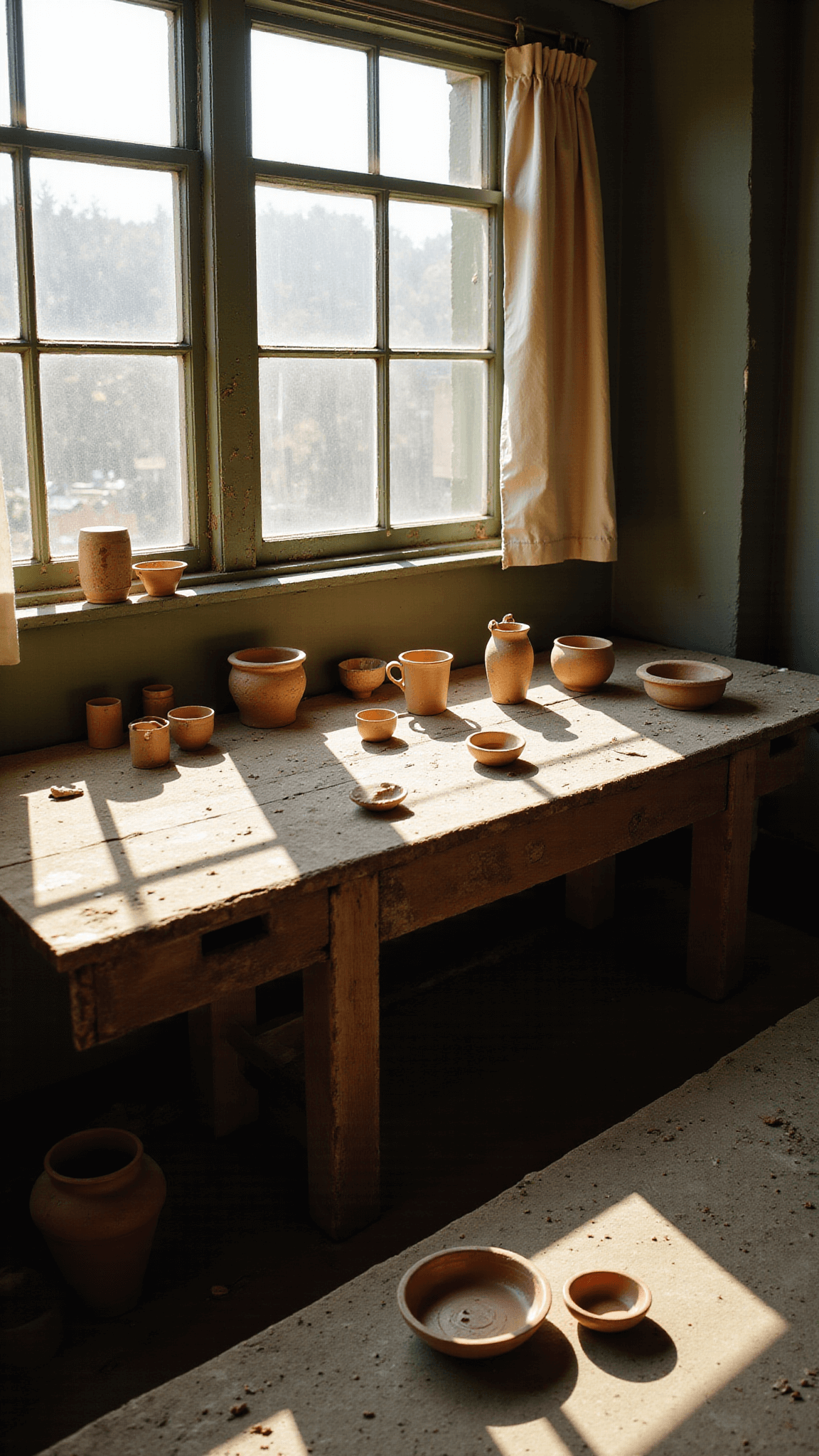
What Exactly is Wabi Sabi Photography?
Wabi Sabi is more than just a photography technique – it’s a philosophy that embraces:
- Imperfection as beauty
- Natural aging and wear
- Minimalist aesthetic
- Organic textures and materials
Why This Style Matters
Forget those perfectly staged Instagram shots. Wabi Sabi is about telling a real story through your images – one that feels lived-in, genuine, and wonderfully human.
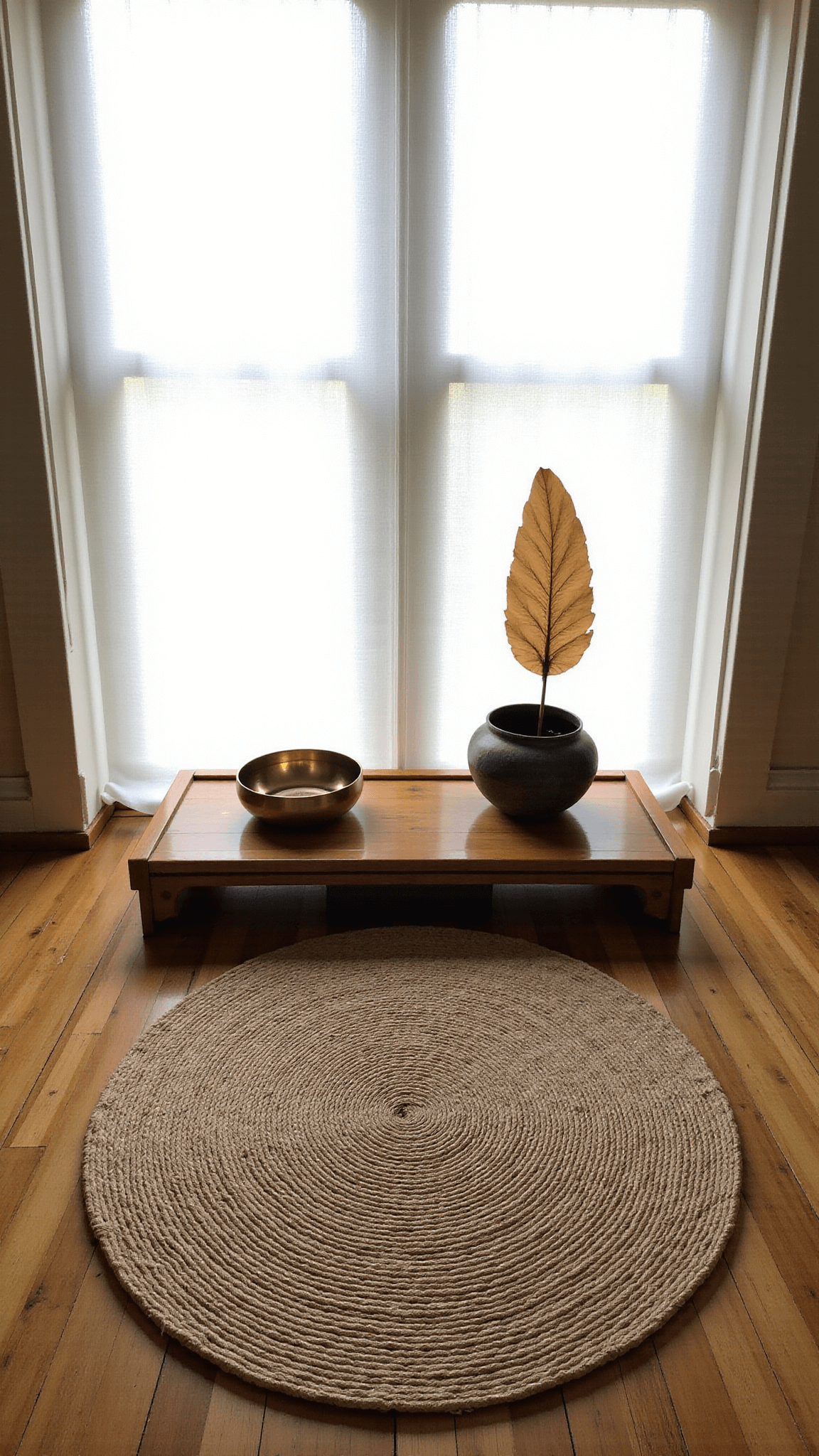
Essential Tools for Wabi Sabi Photography
Camera Gear
- Smartphone (12MP+)
- DSLR/mirrorless camera
- Soft natural lighting
- Neutral background materials
Must-Have Styling Props
- Aged wood pieces
- Handcrafted ceramics
- Unpolished stone elements
- Vintage textiles
- Dried botanical accents
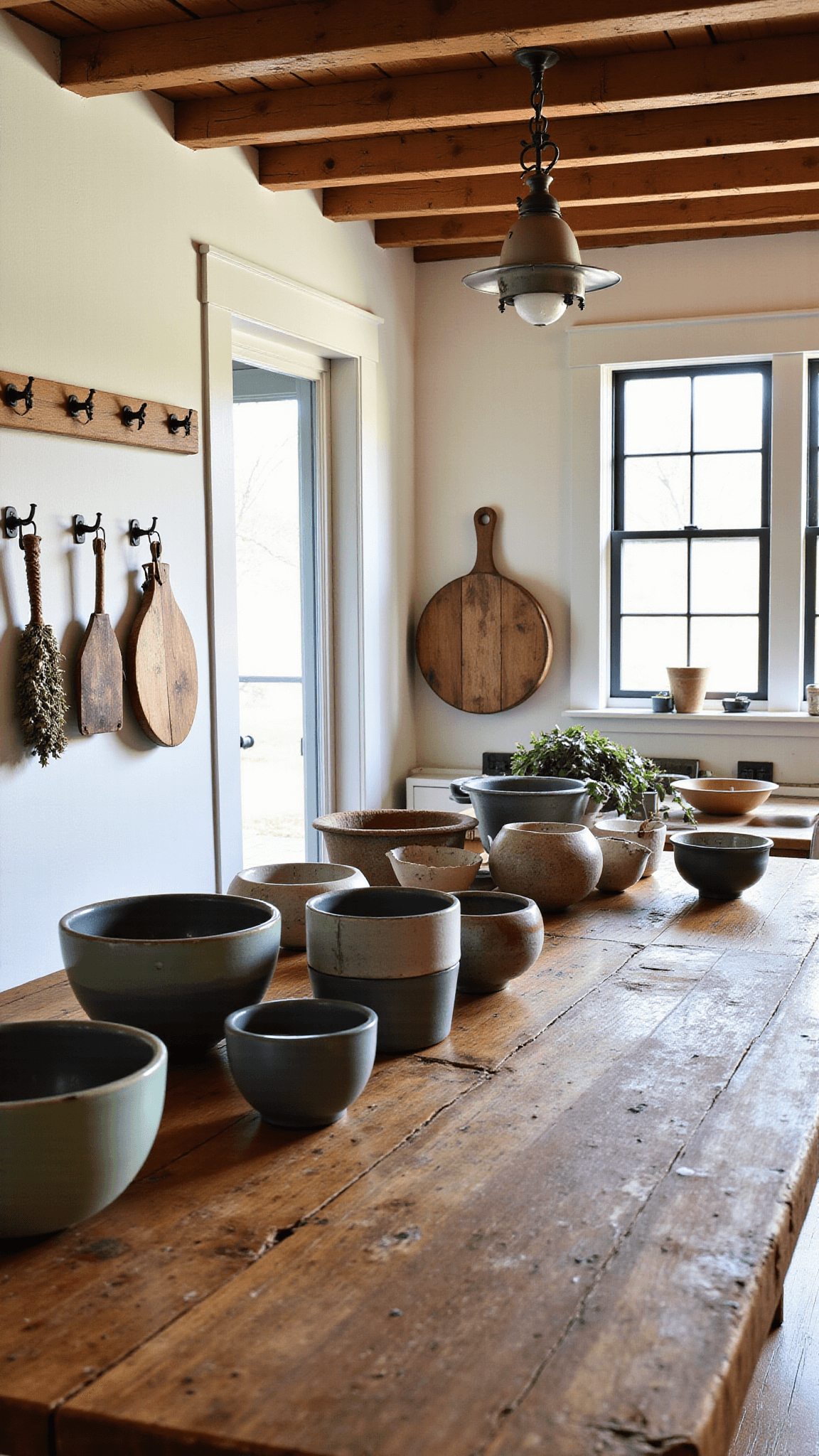
Creating Your Perfect Wabi Sabi Scene
Scene Preparation Tips
- Clear unnecessary clutter
- Choose neutral, textured surfaces
- Arrange props with intentional asymmetry
- Embrace negative space
Photography Techniques
- Shoot during golden hour
- Use soft, diffused lighting
- Focus on texture and subtle details
- Capture from interesting angles (45-90 degrees)

Color and Texture Magic
Color Palette:
- Soft beige
- Warm browns
- Muted greens
- Gentle grays
Texture Layering:
- Combine rough wood
- Smooth stone surfaces
- Soft linen fabrics
- Natural wool textures

Pro Editing Secrets
Recommended Editing Apps
- Adobe Lightroom
- VSCO
- Snapseed
Editing Guidelines
- Reduce saturation
- Enhance natural textures
- Maintain soft, warm tones
- Preserve original lighting characteristics
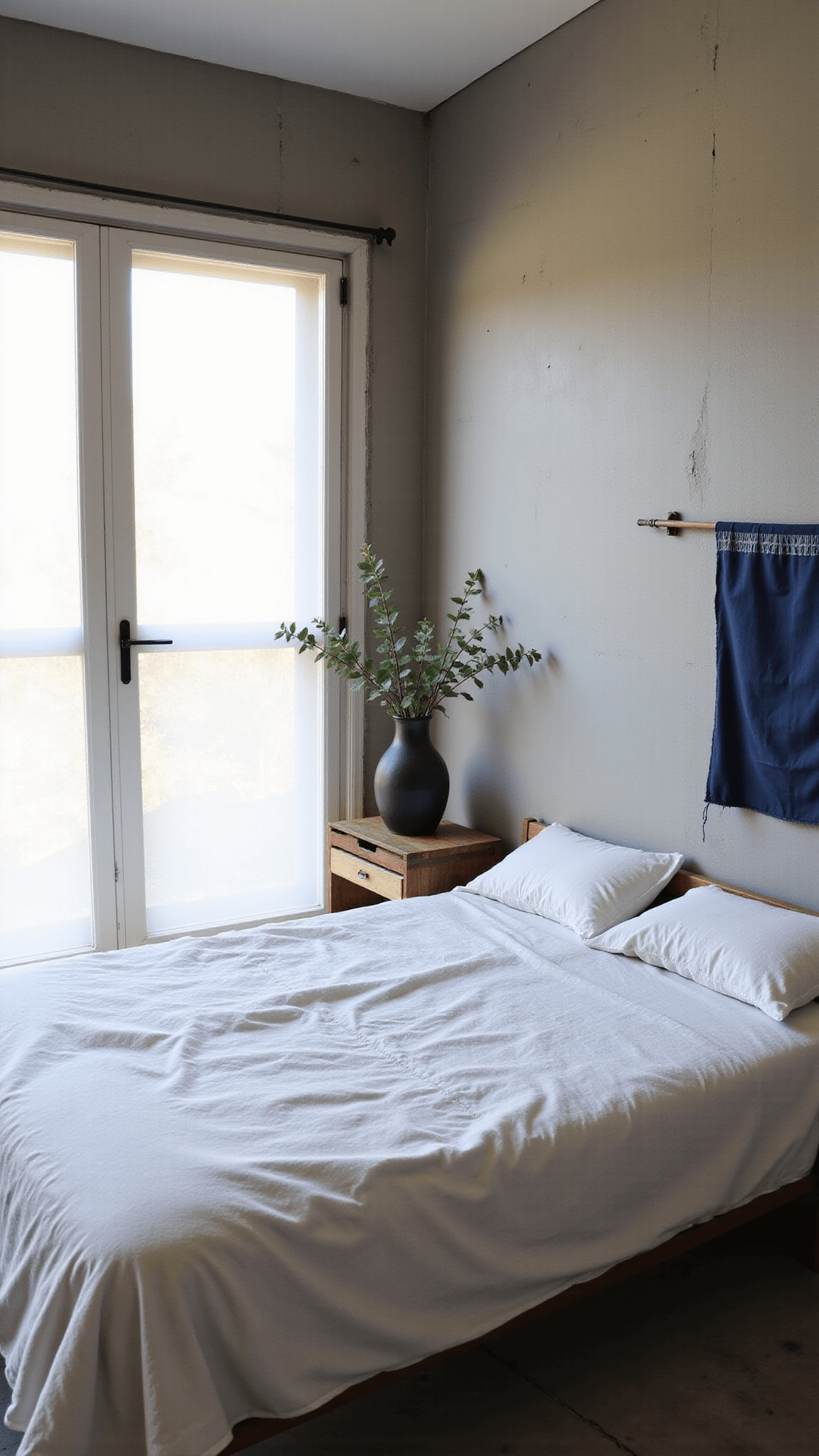
Budget-Friendly Alternatives
Not everyone has a professional setup. Here are wallet-friendly options:
- Use window light instead of studio lights
- Shop at flea markets for unique props
- Repurpose existing home items
- Collect natural elements like driftwood or stones
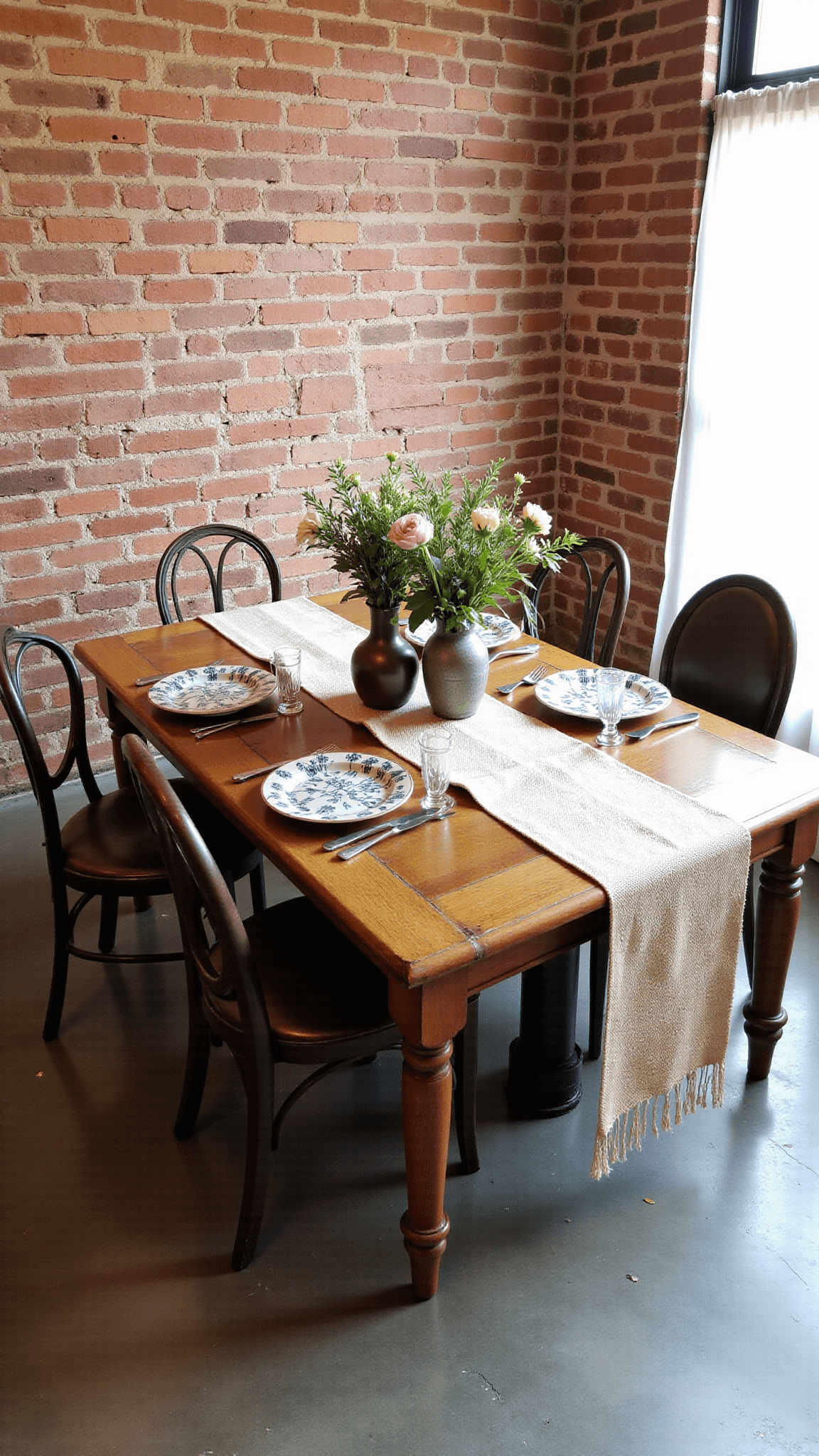
Common Mistakes to Avoid
- ❌ Over-styling your scene
- ❌ Using harsh, artificial lighting
- ❌ Eliminating all imperfections
- ❌ Cluttering your composition
Final Thoughts
Wabi Sabi photography isn’t about perfection – it’s about authenticity. It’s telling a story through subtle textures, muted colors, and embracing life’s beautiful imperfections.
Pro Tip: The most stunning images often come from the most unexpected, slightly worn, wonderfully imperfect moments.
Quick Checklist Before Shooting
- Natural light ✓
- Minimal props ✓
- Interesting textures ✓
- Soft color palette ✓
- Genuine feeling ✓
Happy styling, creators! Remember, in the world of Wabi Sabi, every crack, every worn edge tells a story.

